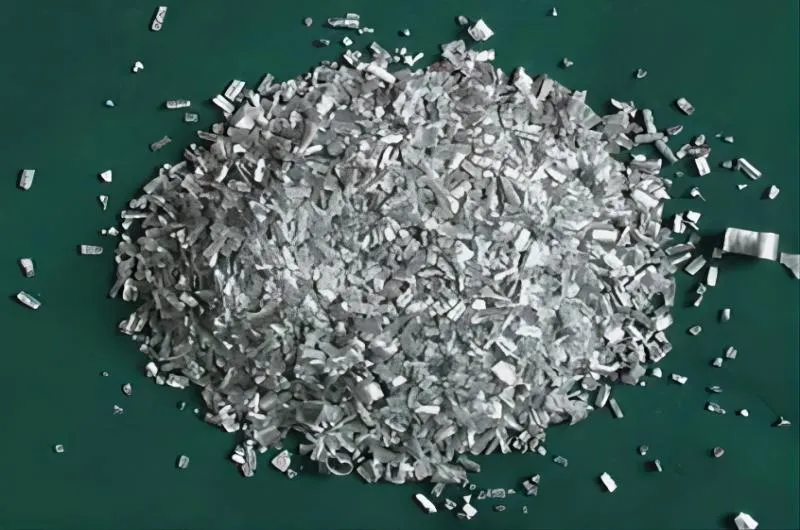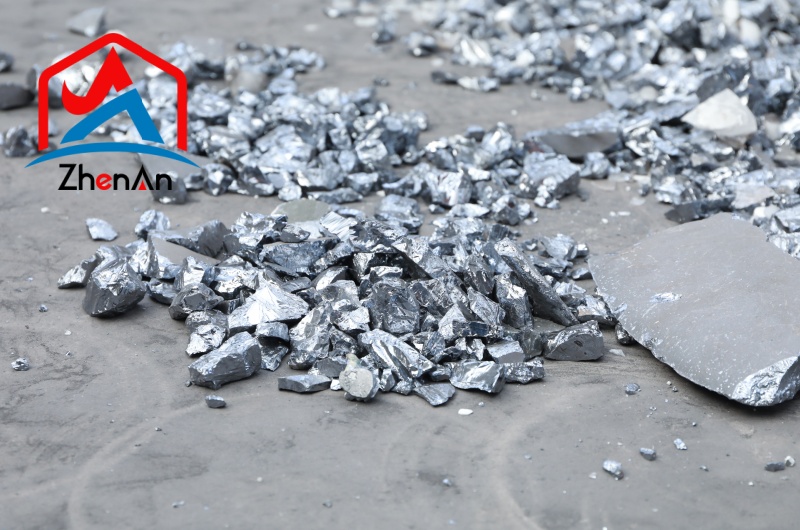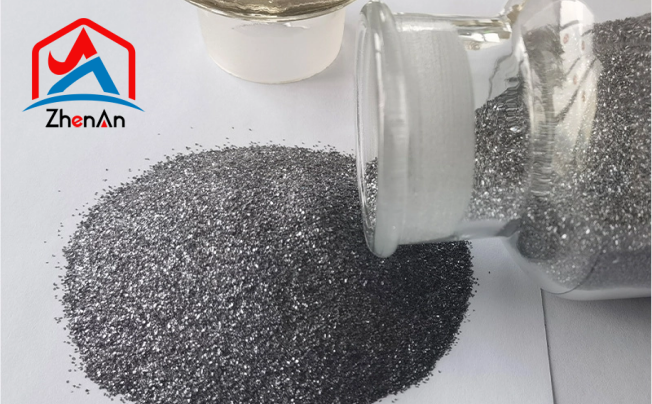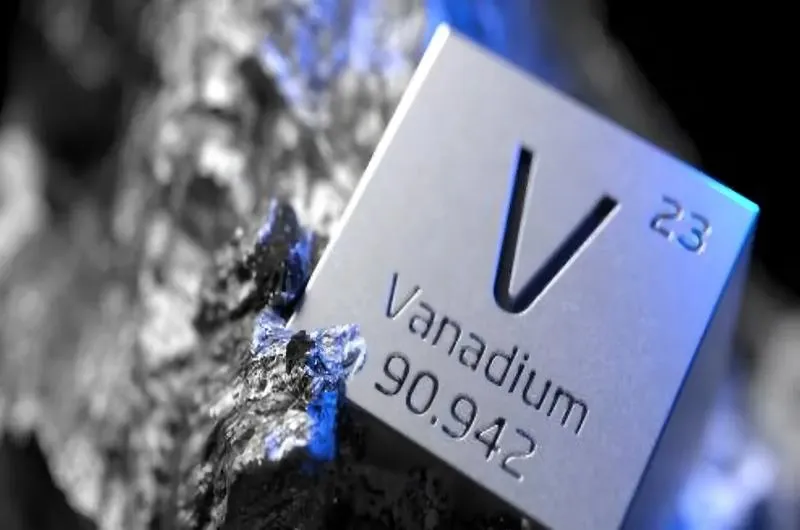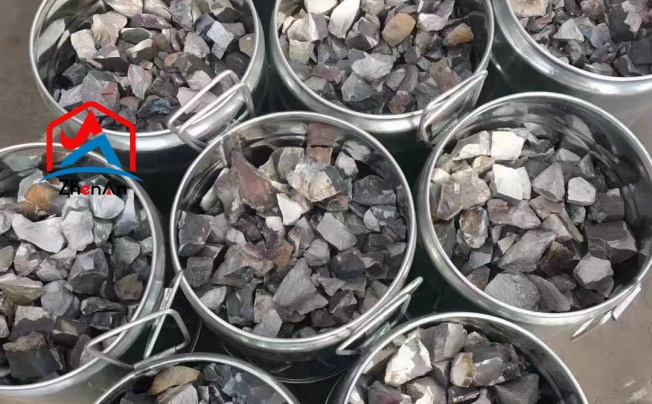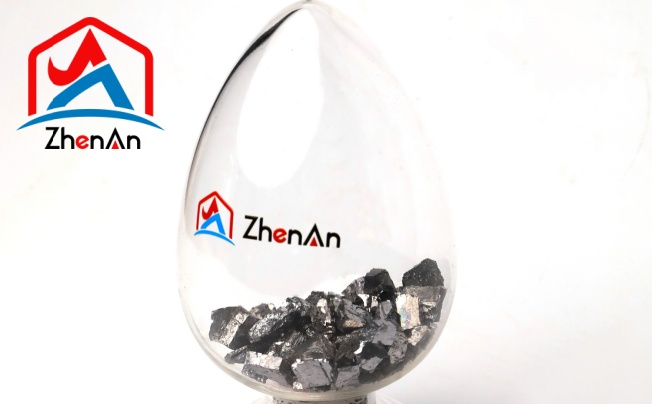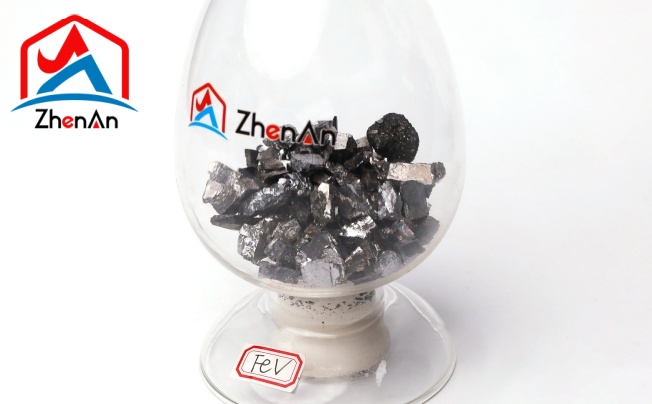BY  GENN
GENN
2024/04
Blog
Is Magnesium Metal Safer Than Aluminum?
Properties of Magnesium and Aluminium
The Physical Properties
Magnesium and aluminium are both lightweight metals with distinct physical characteristics that make them valuable in various industrial applications. Magnesium, known for its low density, is one of the lightest structural metals available, weighing approximately two-thirds that of aluminum.
Its density is about 1.74 g/cm2, making it an ideal choice for applications where weight reduction is crucial, such as in the automotive and aerospace industries. In contrast, aluminum has a higher density of around 2.7 g/cm2 but is still considered lightweight compared to many other metals.
When it comes to melting points, magnesium has a lower melting point of 650°C (1202°F) compared to aluminum’s higher melting point of 660°C (1220°F). This difference in melting points affects their processing methods in manufacturing processes.
Additionally, magnesium metal exhibits a silvery-white color when freshly cut but can develop a dull grey patina over time due to oxidation. On the other hand, aluminum maintains its silvery appearance even after prolonged exposure to air.
The Chemical Properties
In terms of chemical properties, magnesium and aluminium display distinct behaviors based on their reactivity and corrosion resistance characteristics. Magnesium is highly reactive and readily forms compounds with oxygen, which can lead to rapid oxidation when exposed to air or water. This reactivity makes pure magnesium susceptible to corrosion but also contributes to its excellent strength-to-weight ratio in alloy form.
Conversely, aluminium has good corrosion resistance due to the formation of a protective oxide layer on its surface upon exposure to oxygen. The reactivity differences between magnesium and aluminium also impact their chemical compatibility with other substances.
Magnesium has a strong affinity for oxygen, resulting in combustion when ignited – an important consideration for safety measures during handling and processing. In contrast, while aluminium can react with certain acids or alkalis under specific conditions, it generally exhibits better stability in various environments compared to magnesium.
Flammability
When it comes to flammability, magnesium, and aluminum exhibit distinct characteristics that have significant implications for safety. Magnesium is known for its exceptional flammability, with an ignition point lower than that of aluminum.
The combustion characteristics of magnesium are also noteworthy, as it burns with intense white light and high heat production. This makes magnesium fires difficult to extinguish and poses a considerable risk in certain applications.
Toxicity: Unveiling Hidden Dangers
While both magnesium and aluminium are generally considered safe metals to handle, their compounds can pose health risks under certain circumstances. Exposure to high levels of magnesium compounds can lead to adverse health effects, such as respiratory irritation, skin sensitization, and gastrointestinal issues. In contrast, aluminum compounds have been linked to neurological disorders like Alzheimer’s disease, raising concerns about long-term exposure through various sources.
Apart from human health considerations, the environmental impact of magnesium and aluminum also warrants attention in terms of toxicity. disposal of these metals or their byproducts can contaminate soil and water sources, affecting ecosystems and wildlife.
Furthermore, mining activities associated with extracting these metals may contribute to habitat destruction and ecological disturbances. Addressing the toxicity aspects requires a comprehensive approach that considers both human health safety measures and environmental protection protocols.
Applications and Uses
Revolutionizing the Automotive Industry
The automotive industry has long been at the forefront of utilizing advanced materials to enhance performance and efficiency. Magnesium, known for its lightweight properties, has become increasingly popular in the production of various components within vehicles. From engine blocks to transmission cases, manufacturers are turning to magnesium alloys to reduce weight and improve fuel efficiency.
This shift towards magnesium not only benefits car owners by increasing mileage but also contributes to reducing emissions, making it an environmentally conscious choice. On the other hand, aluminum has found its niche in vehicle bodies due to its exceptional strength-to-weight ratio and corrosion resistance properties.
Car manufacturers leverage aluminum’s durability to create frames that are not only robust but also resistant to rust and wear over time. By incorporating aluminum into their designs, automakers can ensure that their vehicles maintain structural integrity while withstanding harsh environmental conditions.
Innovations in Aerospace Engineering
In the aerospace industry, where every ounce matters, magnesium alloys have emerged as a game-changer for weight reduction without compromising on strength. Aircraft components made from magnesium alloys offer a winning combination of durability and lightness, allowing planes to achieve enhanced fuel efficiency and performance.
The use of magnesium in critical parts like landing gear components showcases its importance in ensuring safety without adding unnecessary bulk. Conversely, aluminum alloys play a vital role in aircraft structures by providing unparalleled durability that can withstand high-stress environments encountered during flight operations.
The utilization of aluminum ensures that aircraft remain structurally sound throughout their operational lifespan while also offering resistance against corrosion – a crucial factor in maintaining airworthiness standards. Aerospace engineers continue to push the boundaries of innovation by exploring novel ways to integrate aluminum alloys into cutting-edge aircraft designs for improved safety and performance.
Corrosion Resistance
Magnesium vs. AluminumWhen it comes to corrosion resistance, magnesium, and aluminum exhibit distinct properties that influence their durability in various environments. Magnesium, known for its susceptibility to corrosion due to its highly reactive nature, forms a protective oxide layer upon exposure to air but can still be prone to accelerated degradation in corrosive conditions. On the other hand, aluminum boasts better corrosion resistance thanks to its ability to naturally form a stable oxide layer, providing a shield against environmental factors. This fundamental difference in their inherent resistance makes them suitable for different applications where corrosion plays a significant role.
Future Trends
Exploring the Evolving Landscape of Magnesium and Aluminium Safety
In the realm of metal research and development, there is a growing emphasis on enhancing the safety aspects of both magnesium and aluminum. Researchers are delving into innovative ways to mitigate the inherent risks associated with these metals, particularly in terms of flammability and toxicity.
Recent studies have shown promising results in modifying the composition of magnesium alloys to improve their fire resistance properties. By incorporating elements such as cerium or zirconium, researchers aim to create a new generation of magnesium alloys that offer heightened safety profiles without compromising performance.
Pioneering Future Applications for Magnesium and Aluminum Technologies
As advancements in material science continue to unfold, the potential applications for magnesium and aluminum technologies are expanding at an exponential rate. In particular, the automotive industry stands to benefit significantly from these developments. The quest for lightweight materials that can enhance fuel efficiency has propelled magnesium into the spotlight as a viable alternative to traditional steel components.
Moreover, aluminum’s versatility in terms of strength-to-weight ratio makes it an indispensable choice for various structural applications in aerospace engineering. Looking ahead, future applications could range from novel medical implants made from biocompatible magnesium alloys to sustainable construction materials leveraging aluminum’s recyclability.
Charting a Course Towards Safer and Sustainable Metal Solutions
The intersection of safety considerations and technological advancements holds immense promise for shaping the future landscape of magnesium and aluminum usage. With a keen focus on sustainable practices, researchers are exploring avenues to streamline recycling processes for both metals while minimizing environmental impact.
Furthermore, ongoing collaborations between academia and industry stakeholders are fostering cross-disciplinary innovations that could revolutionize how we perceive metal safety standards. By staying at the forefront of cutting-edge research developments and embracing a proactive approach toward responsible metal utilization, we can pave the way toward a safer, more sustainable future driven by magnesium and aluminum technologies.




